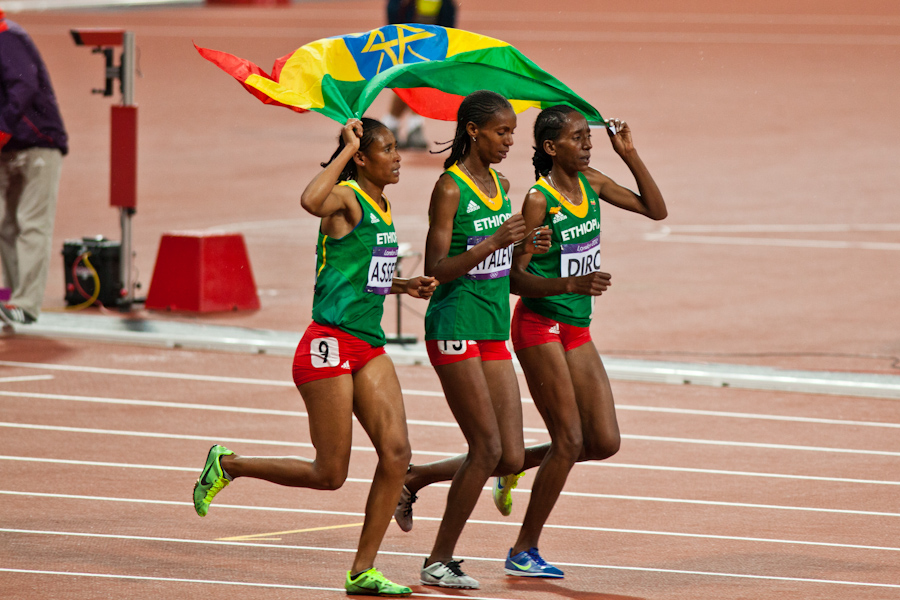Historical Context of Ethiopian Steeplechase Dominance

The Ethiopian steeplechase dominance on the global stage is a captivating story of resilience, talent, and cultural factors. From the emergence of Kenenisa Bekele in the early 2000s to the recent triumphs of Getnet Wale and Lamecha Girma, Ethiopian athletes have consistently set the pace in this demanding event.
Cultural and Historical Factors Contributing to Ethiopian Steeplechase Dominance
Ethiopia’s cultural and historical landscape has played a significant role in nurturing the country’s steeplechase prowess. The country’s rugged terrain, characterized by mountainous regions and vast plains, has instilled a natural endurance in its people.
- Running as a Way of Life: In rural Ethiopia, running is an integral part of daily life, often used for traversing long distances to access essential resources like water and markets. This ingrained running culture has created a pool of naturally gifted athletes with exceptional endurance.
- Traditional Running Practices: Ethiopian culture has a rich history of traditional running events, such as the “Gena,” a long-distance race held during religious festivals. These events have fostered a competitive spirit and honed the running skills of Ethiopian athletes.
Training Methods and Infrastructure
Ethiopian steeplechase success is not solely attributed to natural talent. A well-structured training system and dedicated infrastructure have played a crucial role in developing the country’s runners.
- High-Altitude Training: Ethiopia’s high-altitude training camps, located in regions like the Rift Valley, have been instrumental in building the endurance and stamina of Ethiopian athletes. The thin air at high altitudes forces the body to produce more red blood cells, enhancing oxygen uptake and improving performance.
- Dedicated Training Facilities: The Ethiopian Athletics Federation has established specialized training facilities, including the Addis Ababa Athletics Stadium, which provide athletes with access to world-class coaches, training equipment, and support services.
The Unique Challenges of the Steeplechase

The steeplechase, a unique blend of endurance and technical skill, stands apart from other running events. It’s a demanding discipline that tests athletes’ physical and mental fortitude, pushing them to their limits.
The Technical Aspects of the Steeplechase, Ethiopian steeplechase
The steeplechase differs from other running events due to its inclusion of water jumps and barriers. These obstacles demand specific techniques and add a layer of complexity to the race. The technical aspects of the steeplechase are crucial for success.
The Challenges of Water Jumps and Barriers
Water jumps and barriers present unique challenges for steeplechase runners.
- Water Jumps: Runners must clear a water-filled pit, typically 3.66 meters wide, without losing momentum. The water jump requires a combination of speed, timing, and technique to maintain pace.
- Barriers: Steeplechase runners must jump over 10 barriers, each 36 inches high and 12 feet wide. These barriers are designed to disrupt rhythm and require runners to adjust their stride and maintain a high level of concentration.
Ethiopian Runners’ Mastery of the Challenges
Ethiopian steeplechase runners have consistently excelled in the discipline, demonstrating exceptional skill in overcoming the challenges of water jumps and barriers.
- Water Jump Technique: Ethiopian runners have perfected a technique that allows them to maintain speed and momentum over the water jump. They approach the jump with a long stride, taking off with a powerful push from their legs and landing gracefully on the other side.
- Barrier Clearance: Ethiopian runners are known for their efficient barrier clearance. They utilize a smooth, flowing motion, maintaining their speed and minimizing disruption to their rhythm.
- Mental Fortitude: Ethiopian steeplechase runners possess a strong mental focus that allows them to handle the pressure and challenges of the race. They are known for their determination and resilience, qualities that have been instrumental in their success.
Ethiopian steeplechase runners, man, they’re like the ninjas of the track! They fly over those hurdles like it’s nothing. After a long race, you can bet they’d be kicking back in a comfy leather modern wingback chair to relax their tired muscles.
Just imagine, the soft leather hugging their bodies as they recount their epic victories! Those guys are tough, but they deserve a good rest after all that running.
Ethiopian steeplechase, man, that’s some serious athleticism! Those guys are like gazelles on the track, flying over those hurdles. After a race like that, you’d need to chill out in something comfy, like a leather sling chair vintage.
Imagine sinking into that soft leather after a grueling run, just like those Ethiopian champions deserve. It’s all about that post-race relaxation, you know?